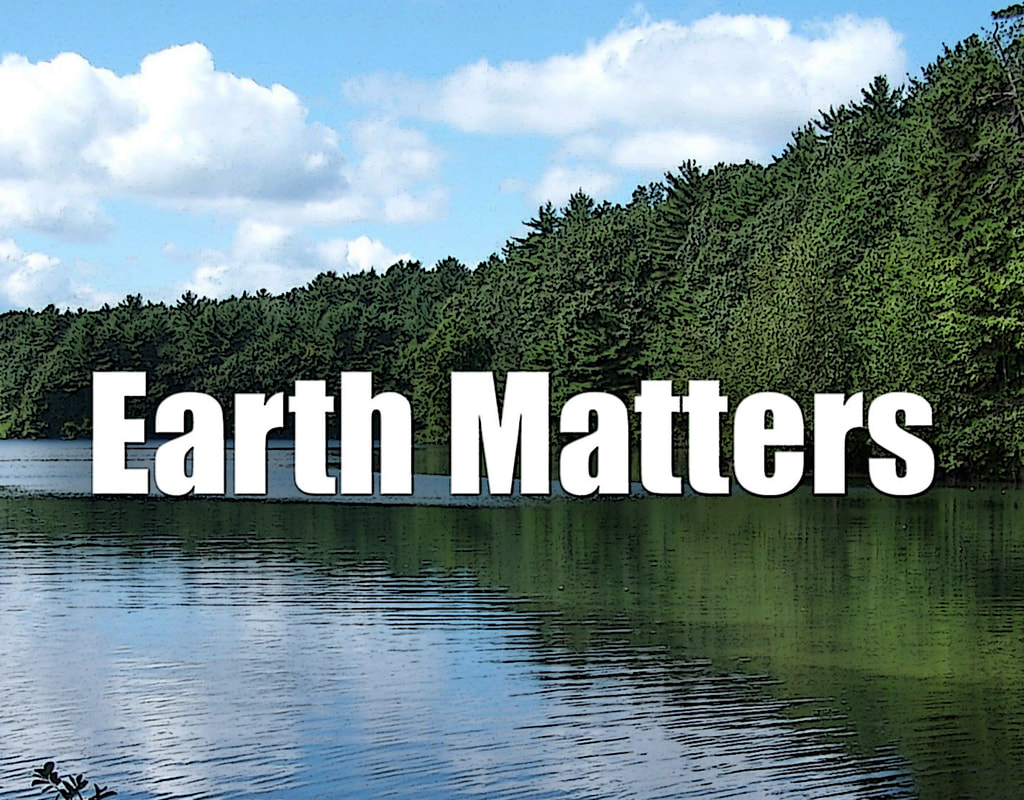|
The January 2016 snowstorm that shattered snowfall records across the southern tier of Pennsylvania left the traditionally snowy northern tier of the state untouched. What is it that powers such potent storms and how can such sharp differences in snowfall amounts occur? Such unusual weather doesn't just fascinate meteorologists, but intrigues all of us. The scientific details of such weather can be complicated but the general concepts are not so difficult to understand. Snow happens when the atmosphere is below freezing from the highest levels down to the surface. Drops of freezing rain, pellets of sleet and hailstones, by contrast, go through warm air at some point and spend part of their life as liquid water.
In places like Pennsylvania, that have moderate climates and are below 3,000 feet in elevation, widespread heavy snowfalls are unusual. That's because our coldest air comes from Canada and is moisture starved since it originates on dry land. The relatively small bands of "lake-effect" snow happen because the Great Lakes provide moisture that Canada can't. Lake-effect snow peters out by the time it gets to Blair County and rarely does such a storm bring more than three inches of snow to us. Our juiciest wintertime air masses come from the Gulf of Mexico, but they often produce rain rather than snow. Gulf air is not just moist, but warm as well. Most readers can recall two other similar storms, one in March 1993 and the other in January 1996. Truly monstrous storms like these need both cold air from Canada and moist air from the Gulf of Mexico. This happens when the northern and southern branches of the Jet Stream (the strongest upper winds moving weather systems about) meet. Meteorologists call this confluence and it doesn't happen to this extreme all that often in these parts. Violent weather of all kinds is enhanced by large differences in atmospheric pressure and this, too, happened with our recent storm. High pressure parked over Canada not only provided the cold air we needed, it also brought the pressure contrasts that big storms thrive upon. When the pressure difference is large between the low pressure of the storm and the high to the north, it enables more moist Atlantic air to be sucked into the system from the east. It was also this high pressure that helped cause the unusually abrupt differences in snowfall at the edge of the storm. The dry air and position of the blocking high pressure system meant that the juicy air in the storm ended suddenly, making for nearly snowless weather only fifty or so miles from areas of very heavy snowfall. These crazy differences over short distances could be seen here in Blair County and were typical of what happened throughout central Pennsylvania. Areas of Morrison Cove surpassed 30 inches, Altoona got less than 20 and Bellwood got only 11. Folks at the northern end of the county got less than ten inches, Bellefonte had only four and there was nothing more than flurries in Williamsport. Whether you welcomed or cursed the storm, it certainly proved to be a rare and interesting meteorological experience.
0 Comments
Your comment will be posted after it is approved.
Leave a Reply. |
Climate and Weather
Understanding Pennsylvania Snow
The Flood of 1947 The Hottest Day Rising Sea Level Cold Winters & Big Pictures Rainy Junes: 1972 & 2015 Penn State's Weather World The Paris Accord 2016's Peculiar Snowstorm Two Different Winters: 1936 & 2016 The Year Without A Summer Pennsylvania's Hottest Summer Other Categories |
|
All Original Material - Copyright © - All rights reserved. No part of this site may be used without written consent. Email John with questions.
Site Powered by Weebly. Managed by Brush Mountain Media LLC. |
© COPYRIGHT
2010-2023. |

